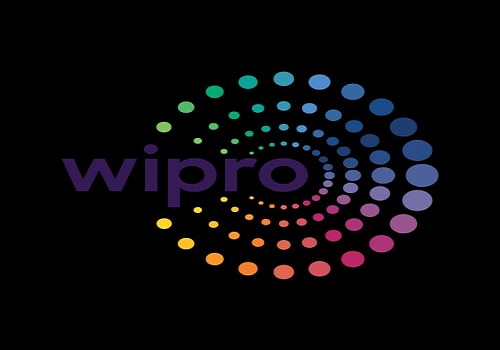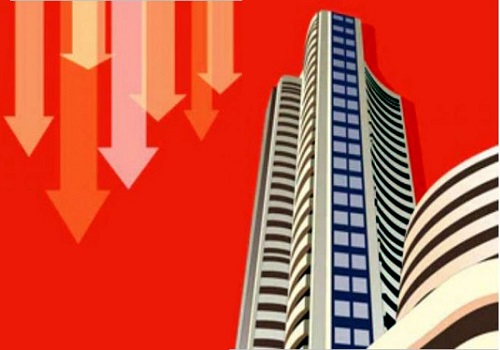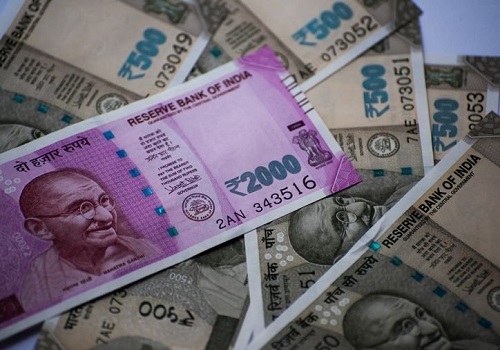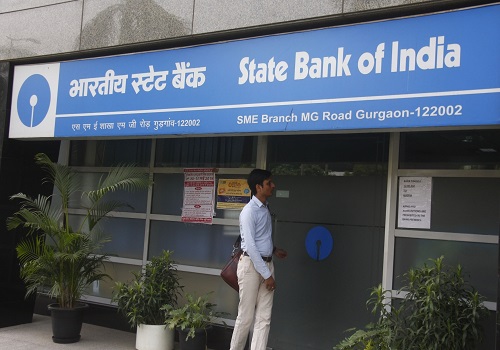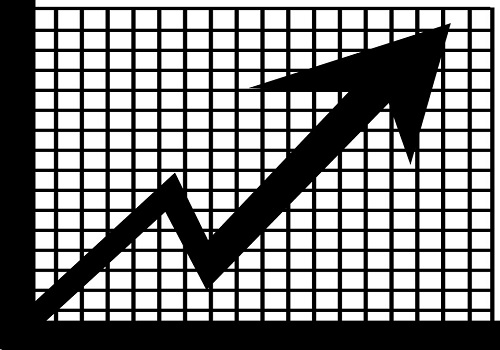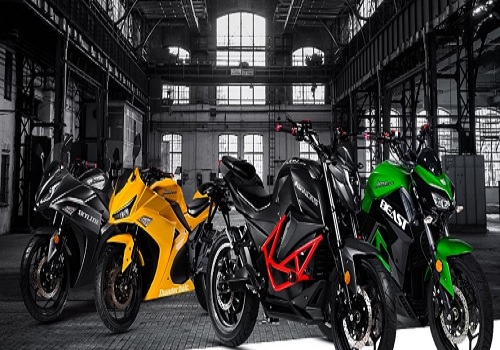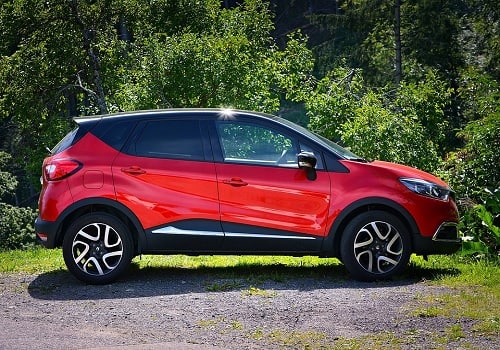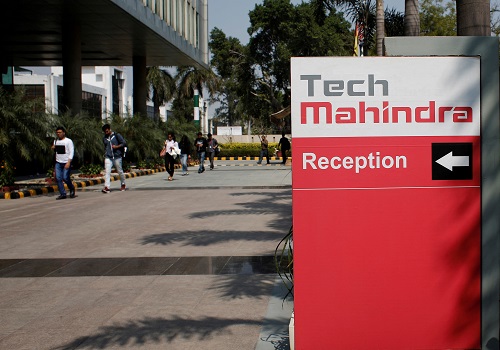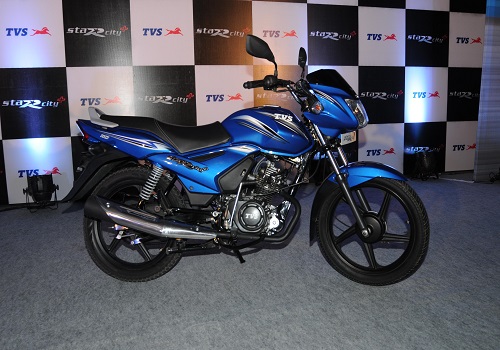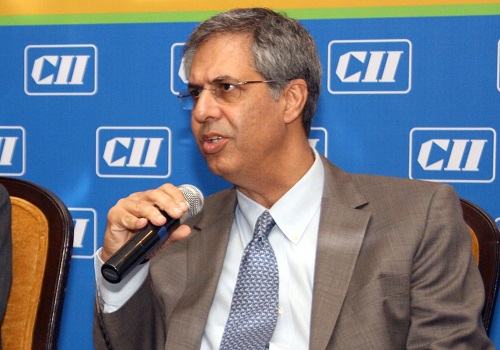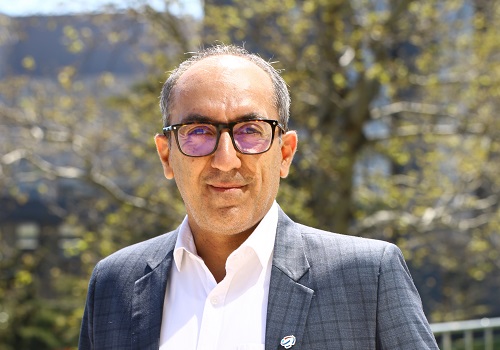The auto sector is poised for a 3rd consecutive year of growth in FY24: PrimeInvestor.in
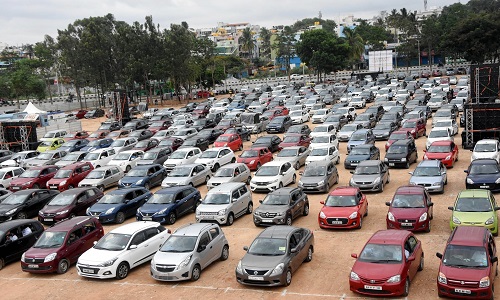
Follow us Now on Telegram ! Get daily 10 - 12 important updates on Business, Finance and Investment. Join our Telegram Channel
https://t.me/InvestmentGuruIndiacom
Download Telegram App before Joining the Channel
According to a detailed analysis on the auto sector by PrimeInvestor.in, a smallcase manager, auto sales are among the key indicators used to assess India's private consumption. Going forward, the auto sector growth is expected to be more even across all the categories in FY24, albeit in the mid-single digit. A strong rural recovery could even aid faster growth for small cars and 2 & 3-wheelers and could move the overall growth needle too high single digits for these categories. The lending cycle in the rural economy has also seen a revival with a strong comeback by small finance banks, NBFCs, and micro-finance institutions. Overall, the sector is poised for 3rd straight year of growth in FY24.
On the EV side, continued support from the government (subsidies) could take EV two-wheeler segment sale past a million units in FY24 as the economic benefits of switching to an EV is huge. It will take a while for EVs to make big strides in the PV segment due to high initial purchase costs. CV sales are also expected to continue with a recovery trend in FY24 aided by higher Govt. spending on infrastructure, pick-up in demand for buses, logistics fleet replacement, and scrappage policy. The first quarter of FY24 could be a weak start due to the new emission norms switch but it is expected to catch up thereafter.
To further accelerate growth in this Auto sector, the overall economy should grow faster than the 6% GDP growth expected in FY24. Automobile and ancillary companies can be expected to continue their earnings growth path in FY24, mainly led by margin recovery. EV players, on the other hand, are in a sweet spot in the market amidst a bitter battle going on with Govt. on subsidies. If this resolves early, they could be headed for another big leap in FY24.
Sales peaked out for the sector, across categories, in FY18-19, with a slowdown beginning from FY19-20 and then a slump post-Covid. Here is SIAM data on how vehicle sales have panned out in the last 6 years. Peak sales is circled in red in the image below.

With FY-23 closing, the sector seems to have registered a good recovery but not across segments. Very clearly, passenger vehicles (PV) and commercial vehicles (CV) are in the driver’s seat while the full recovery is still way for 2 & 3-wheelers.
A deeper look into the PV sales points out that SUVs stole the show in FY2022-23 with half of the PV sales coming from this category. SUV sales increased from 14,89,219 to 20,03,718 units in FY-2022-23, compared to the previous year. This can be attributed to rising demand for premium vehicles and at the same time slowing demand for small cars due to uneven recovery in the economy.
The uneven recovery also reflects higher stress faced by the lower income category of society during Covid. This was also evident from the high NPA % reported by lenders to 2 & 3-wheelers and over 90% moratorium availed by small finance bank borrowers during Covid. Credit being the driving force behind auto sales, this has taken a toll on the 2 & 3-wheeler sales. Commercial Vehicles (CV) on the other hand managed a strong finish to FY2022-23, marginally below the peak sales in FY2018-19 aided by logistics, construction, and transportation (buses).
According to RedSeer data, EV 2-wheeler sales clocked 7.3 lakh units in FY23, a 3X growth over FY22. While it is still 5% of overall sales, it is growing at a staggering pace. Nearly 4 lakh EVs are also sold in the 3-Wheeler category, but 90% of it is accounted for by e-Rickshaw and not conventional ones. EV Passenger cars sales are still less than 50,000 units in FY23.
While EV sales growth numbers are very high due to the low base, their adoption rate still remains quite low, leaving much room for further adoption and growth. There are also several incentives offered by Central and State Govts. to attract buyers to EV including exemption from registration charges, tax deduction on interest paid on loans availed to buy EVs, etc. To bring costs further down, State Govts have been offering stamp duty exemption on the purchase of land for EV production, reimbursement of SGST for EV manufacturers, tax exemptions on electric tariff, land subsidy, etc. These initiatives will further drive the growth of EV sector in coming years.
Above views are of the author and not of the website kindly read disclaimer


